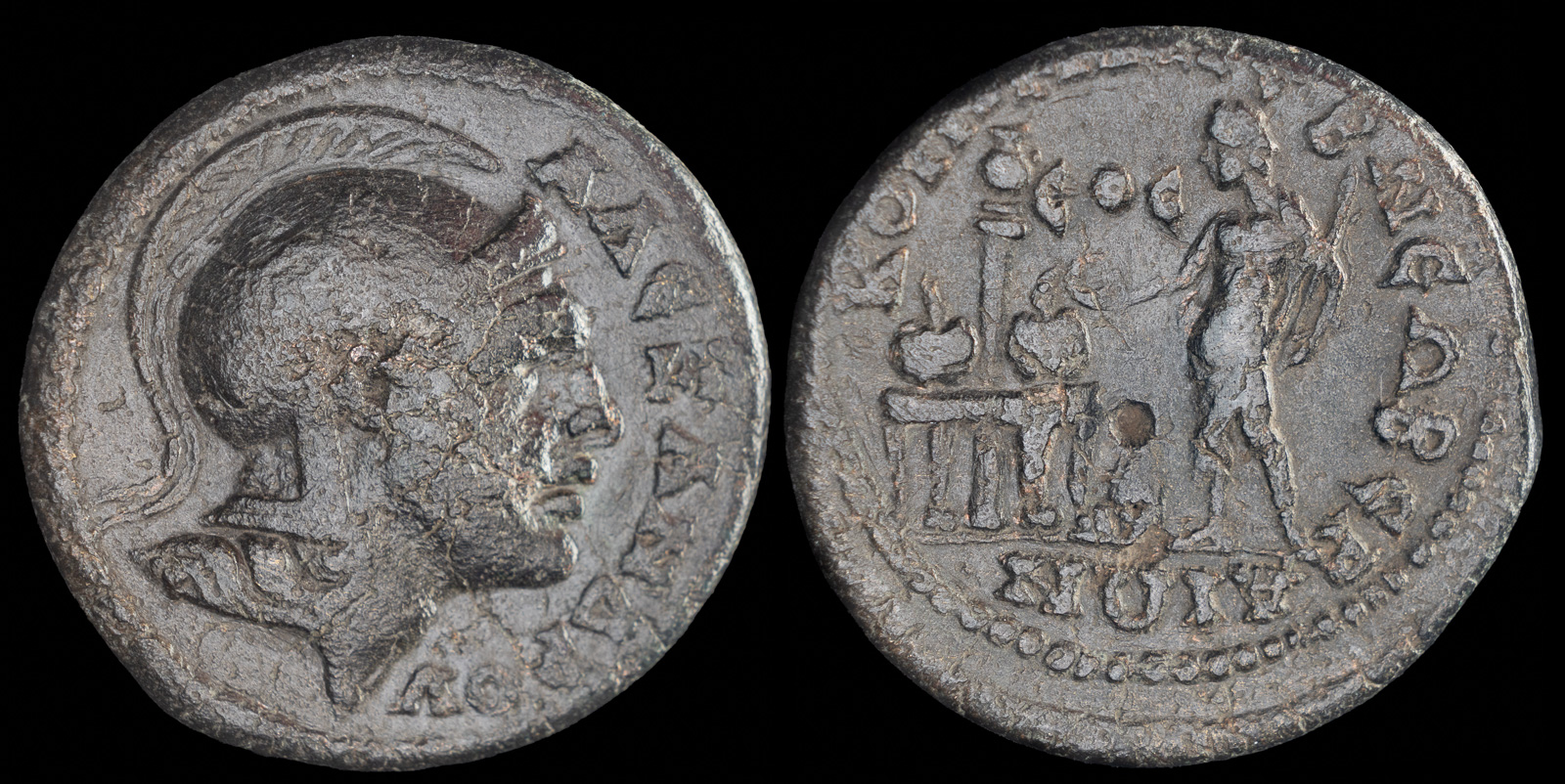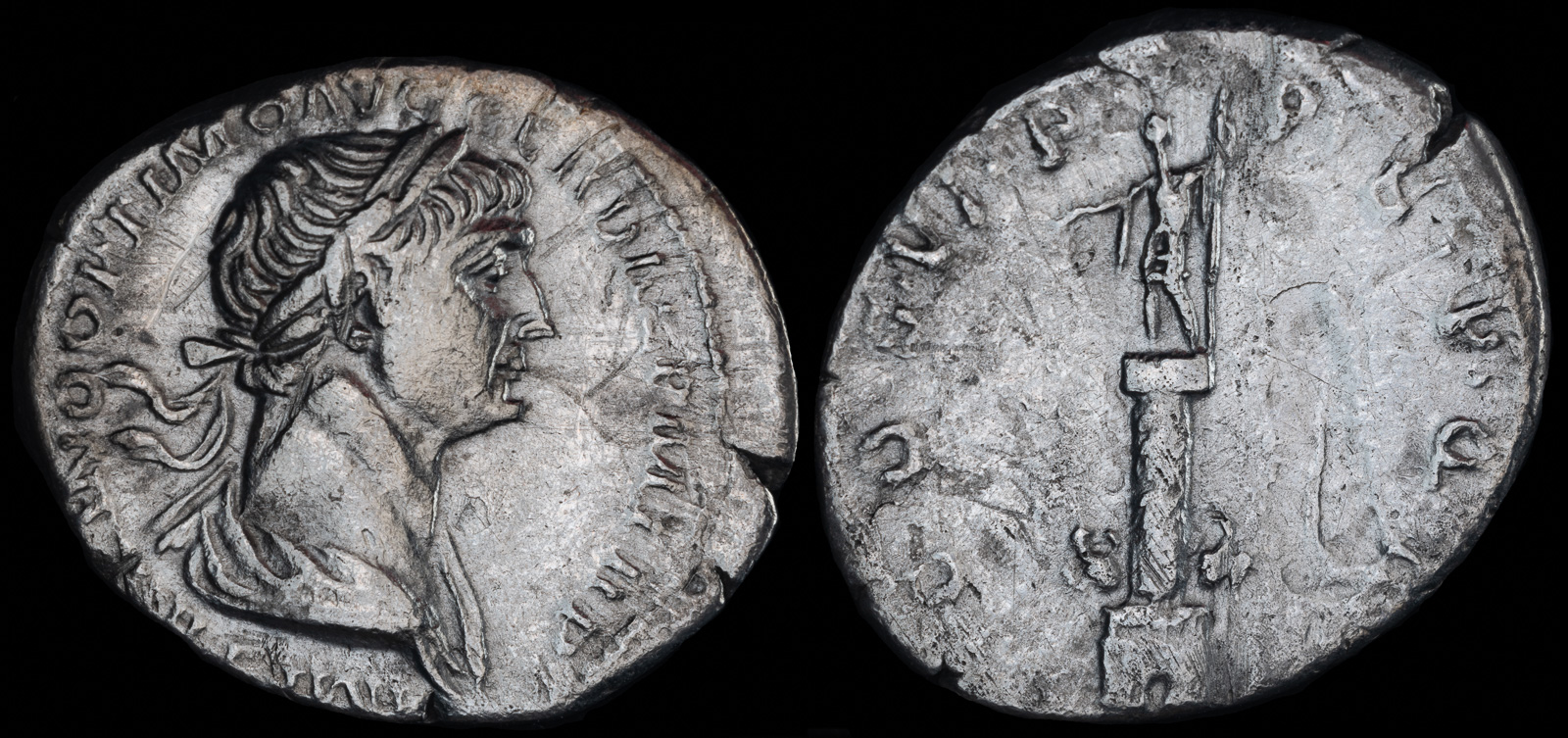Column
View All Tags
The Doric order is the oldest and simplest of the three. Doric columns are sturdy and fluted, with no base, resting directly on the stylobate (the building’s foundation platform). Their capitals are plain, consisting of a rounded echinus and a square abacus. The Doric order was widely used in mainland Greece and early temples, such as the Parthenon in Athens. Its design embodies strength and masculinity, often associated with the ideals of stability and endurance. The fluting on Doric columns, usually numbering 20 shallow grooves, adds subtle elegance while maintaining a robust appearance.
The Ionic order is more ornate and slender than the Doric, often associated with regions such as Ionia in Asia Minor. Ionic columns have a distinctive base, which elevates them from the stylobate, and their capitals feature volutes—spiral or scroll-like ornaments. These columns typically have 24 deeper flutes, giving them a more delicate and graceful appearance. The Ionic order is seen in structures like the Temple of Athena Nike on the Acropolis of Athens. It was favored for its elegance and is often thought to convey a sense of femininity and refinement.
The Corinthian order is the most elaborate of the three and emerged later, during the 5th century BCE. Its defining feature is the richly decorated capital, adorned with acanthus leaves and small scrolls. Corinthian columns are similar in proportion to Ionic ones but are far more ornate, making them a popular choice for grand and decorative buildings. This order was less common in mainland Greece during its early development but gained prominence in the Hellenistic period and Roman architecture. A prime example of the Corinthian style is the Monument of Lysicrates in Athens.

Macedon, Koinon of Macedon
Dated year 275 of the Actian Era 244 CE
Æ 27mm, 11.6g
Games issue. Beroea mint
ΑΛƐΞΑΝΔΡΟΥ Head of Alexander the Great r., wearing crested helmet.
R/ ΚΟΙΝ ΜΑΚƐ Β ΝƐΩ ΒƐΡΑΙΩΝ Emperor standing l., holding scepter, standing l., extending hand to prize table surmounted by two prize crowns, each containing palm; behind, column surmounted by urn; ЄOC (date) across field
AMNG III 864; SNG Copenhagen 134

Trajan
Rome Struck 115 CE
AR Denarius 20mm 2.89g
Obv: IMP TRAIANO OPTIMO AVG GER DAC P M TR P, Laureate and draped bust right.
Rev: COS VI P P S P Q R, Trajan’s column: statue of Trajan on column set on square base surmounted by two eagles.
RIC II 307; RSC 115
Ex Akropolis Coins